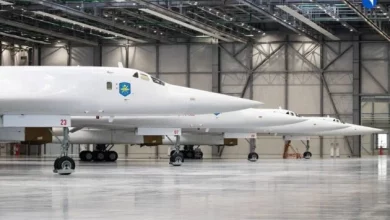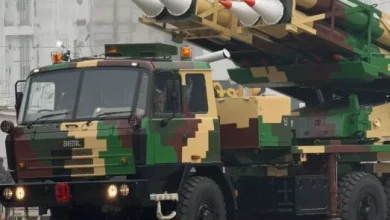EU countries start refusing Swiss weapons

Most European countries have begun to refuse weapons manufactured by Swiss companies.
This step is primarily due to the ban on the re-export of weapons to Ukraine, which is causing outrage among many European users of Swiss weapons.
Germany, which has the closest ties with the defense industry and Swiss-made products among all European countries, is the most dissatisfied.
As a result, the German Ministry of Defense decided to exclude Swiss companies from some defense tenders. This caused outrage due to what some consider to be disrespect for Switzerland’s legal decision to be neutral.
Currently, Germany does not consider Switzerland a reliable partner, as the country has banned the supply of certain weapons, fearing that Germany may re-export them to Ukraine.
In addition to Germany, in 2023, the Netherlands completely abandoned the purchase of Swiss weapons after Switzerland blocked the export of 96 Leopard 1 tanks stored in Italy.
The Netherlands planned to repair the tanks in Germany and then send them to Ukraine.

It should be noted that despite the refusal, Switzerland still remains an important European exporter of weapons, including anti-aircraft systems.
Due to the successful development of gun anti-aircraft systems, Switzerland can be considered a monopolist in Europe, as its guns are used in Gepard, Skyranger 30/35, MANTIS, Skynex and other anti-aircraft systems.
In addition, these guns are also installed on ships of European navies to provide direct defense systems against missile threats. Due to such a significant position of the country, it is impossible to completely ignore Swiss weapons.
Earlier, Militarnyi reported that the procurement agency of the Danish Ministry of Defence had placed an order for the purchase of Skyranger 30 air defense modules, manufactured by the Swiss company Rheinmetall Air Defense.





